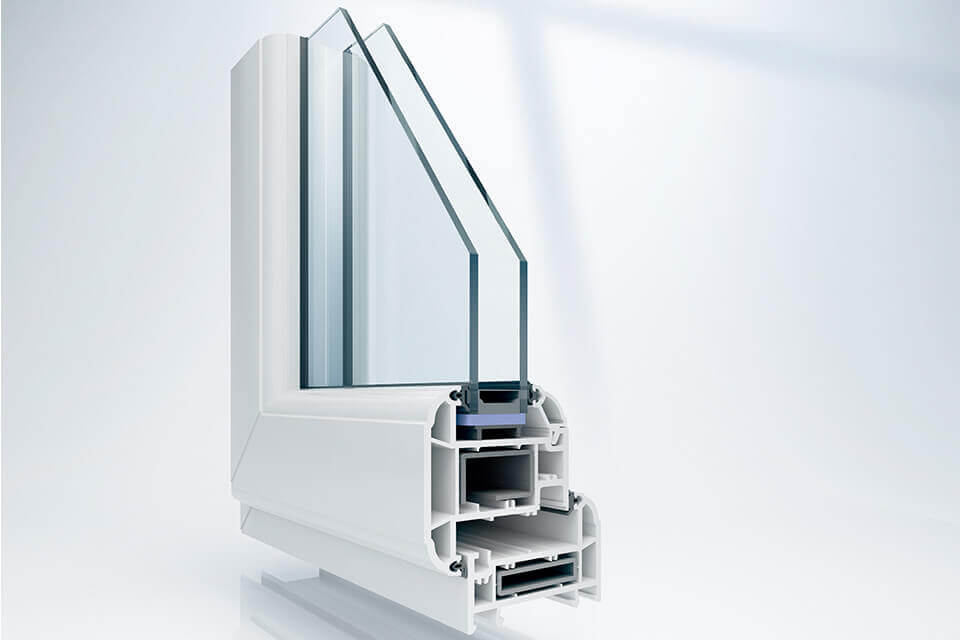Energy-efficient windows are one of the best – and most popular – ways to improve your property’s thermal performance. And it’s with good reason: not only will fitting energy-efficient glazing reduce the amount of warmth lost from your home to the atmosphere, it will lower your carbon footprint and slash those ever-increasing heating bills.
But the solution to making a warmer home isn’t just about installing new windows. The key to boosting your home’s energy efficiency is choosing the highest-quality glazing products from a knowledgeable and trusted double-glazing installer
So, how do you know which are the best windows to keep in heat?
Naturally, you’ll need to avoid old-fashioned single-glazed windows, where one pane of glass is all that separates your home’s insulation from the outside cold. Even after plugging gaps with draught excluders and silicone sealant, the nature of single-glazed windows means you’ll be losing huge chunks of heat straight through the glass.
Secondary glazing is the obvious answer: by adding a single pane of glass on the inside of your existing windows, we introduce a 100mm insulating air gap to prevent heat loss. Because it doesn’t affect the external appearance or original features of your property, secondary glazing is ideal for listed buildings or if you live within a conservation area.
 Sealed-unit double glazing
Sealed-unit double glazing
Energy-efficient sealed-unit double glazing incorporates spacers to create a hermetic seal between the inner and outer panes of glass. The resulting air gap (sometimes filled with an inert gas like argon to increase its insulation properties) dramatically reduces heat loss – also referred to as a U-value.
A lower U-value indicates a window with better thermal performance, so it’s comforting to know all of our windows are capable of achieving U-values of 1.2W/m2k. They’re all also A-rated for energy saving recommendations by the BFRC, which proves their high efficiency.
Generally, the wider an air gap, the better the window’s insulating properties, and the better it is at keeping in heat. Yet it’s not absolutely crucial, because even the type of glass is a factor. For example, low-emissivity (low-e) windows have an almost-invisible thin metal coating on plastic film between each pane of glass, which lets in light but reflects any outgoing heat back into the room. Double glazing can be fitted to all styles of window, including popular casement windows, flush sash windows, vertical sliding sash windows, bay windows, and tilt-and-turn windows.
For an even greater barrier against heat loss, triple glazing features an additional (third) pane of glass with its own hermetically-sealed air gap, albeit at a slightly higher cost.
Energy-efficient window frames
Even the type of frame is important to keep heat in: our uPVC double-glazed windows can achieve U-values as low as 0.7W/m2k thanks to their insulating frames, while our aluminium frames are installed with a thermal break to improve their energy efficiency.
Each type will provide you with instant benefits in much warmer rooms and less heat – and money – being lost from your home.
To find out more, please see our energy-efficient windows or speak to us on 0207 537 0852 about how we can keep heat in your home.

